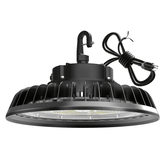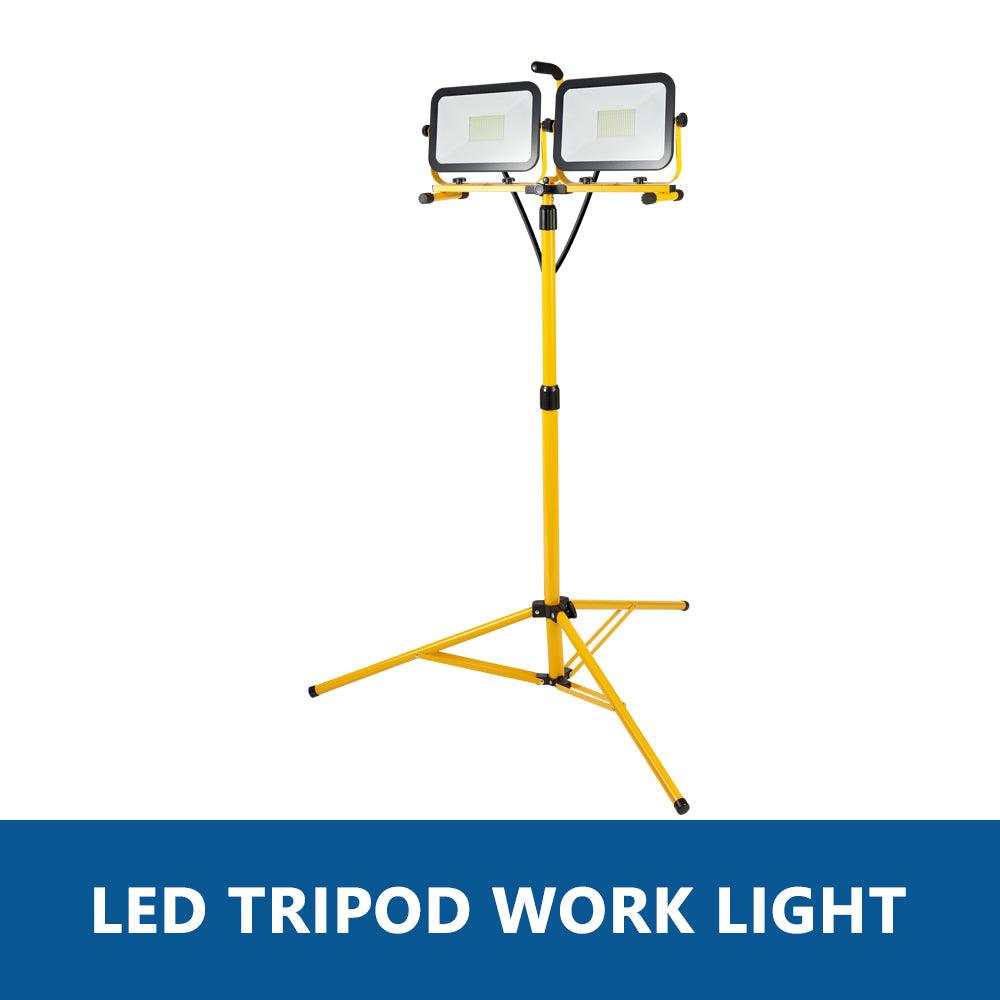-
65W LED Construction String Lights Flat Series 50FT 8000LM 2 Prong 5 Integrated LED Lights
- Depuis $42.99
$62.00- Depuis $42.99
- Prix unitaire
- par
-
130W LED Construction String Light Flat Series 100FT 16,000LM 2 Prong 10 Integrated LED Lights
- Depuis $71.99
$106.99- Depuis $71.99
- Prix unitaire
- par
-
50W LED Construction String Lights with Cage, 50FT 6,000LM 2 Prong 5 Integrated LED Lights
- Depuis $47.99
$65.00- Depuis $47.99
- Prix unitaire
- par
-
100W LED Construction String Lights 100FT 12,000LM 2 Prong 10 Integrated LED Lights
- Depuis $71.99
$108.99- Depuis $71.99
- Prix unitaire
- par
-
50W LED Construction String Lights 50FT 6,000LM 18AWG 2 Prong 5 Integrated LED Lights
- Depuis $46.99
$62.00- Depuis $46.99
- Prix unitaire
- par
-
130W LED Construction String Lights Round Series 100FT 16000LM 3 Prong With Cage 10 Integrated LED Lights
- Depuis $89.99
$122.00- Depuis $89.99
- Prix unitaire
- par
-
100W High Bay Temporary Job Site Hanging LED Linkable Work Light 360° Light 5000K Daylight AC100-277V
- Depuis $70.99
$119.00- Depuis $70.99
- Prix unitaire
- par
-
100W LED Construction String Lights 100FT 12,000LM 3 Prong 10 Integrated LED Lights
- Depuis $85.99
$119.99- Depuis $85.99
- Prix unitaire
- par
-
G GJIA 250W High Bay Temporary Job Site Hanging LED Work Light with 360-Degree Light 5000K Daylight AC120V
- Depuis $119.99
$152.99- Depuis $119.99
- Prix unitaire
- par
-
65W LED Construction String Lights Round Series 50FT 8000LM 2 Prong 5 Integrated LED Lights
- Depuis $42.99
$62.00- Depuis $42.99
- Prix unitaire
- par
The GGJIA LED Linkable Lights series offers a variety of lighting options including LED High Bay UFO Lights, Tripod Lights, Dock Lights, and more, designed for applications in warehouses, garages, factories, and other spaces. These linkable lights are modular fixtures that can be interconnected through plugging or using connectors, allowing flexible installation across different areas. Depending on the setup, multiple LED lights can be connected in series or parallel, with parallel connections typically providing brighter and safer lighting. The number of connectable LEDs varies based on voltage requirements, with some setups supporting up to 40 to 50 lights in a chain from a single outlet, while considerations like voltage drop and current limiting resistors are crucial for performance.

- Le choix d’une sélection entraîne une actualisation complète de la page.




































